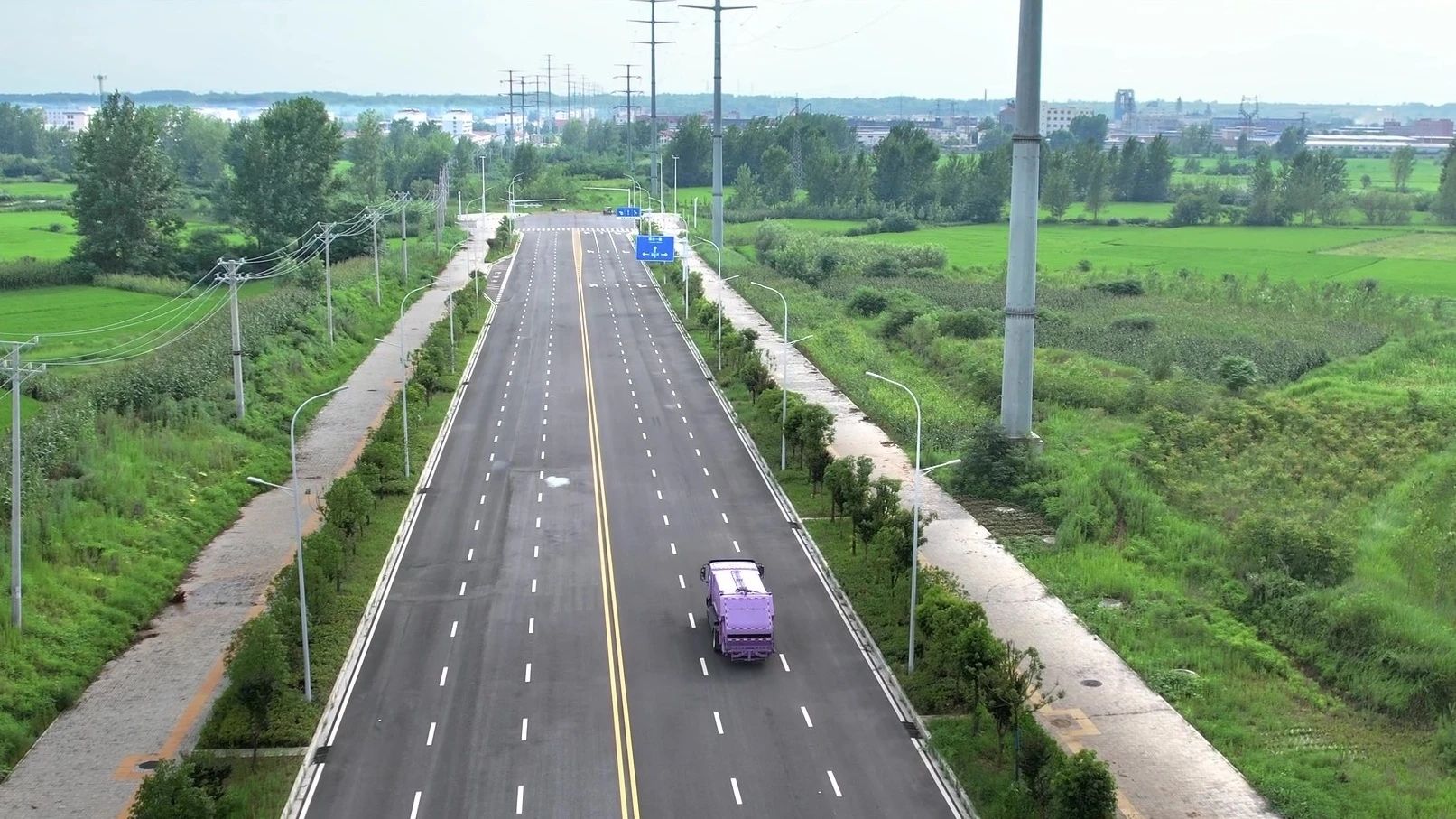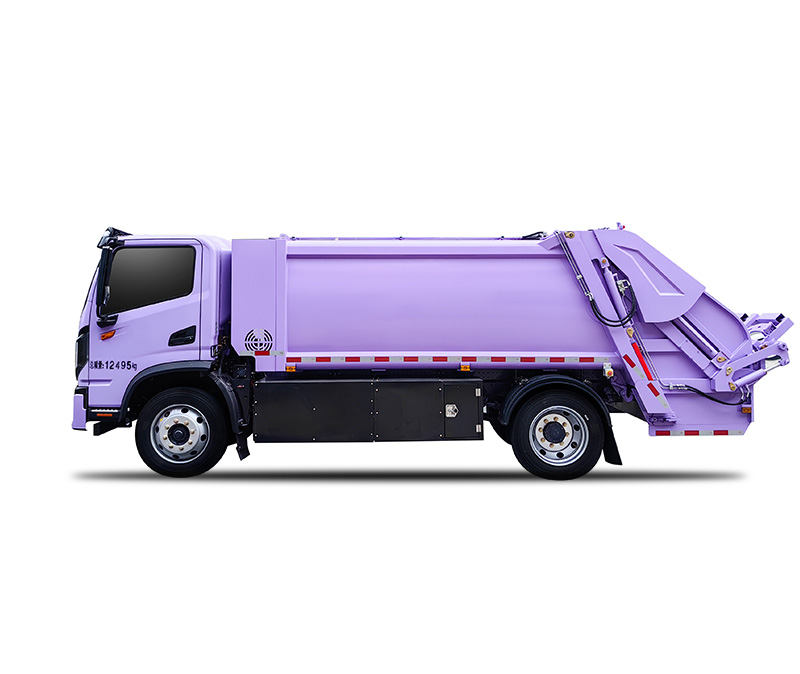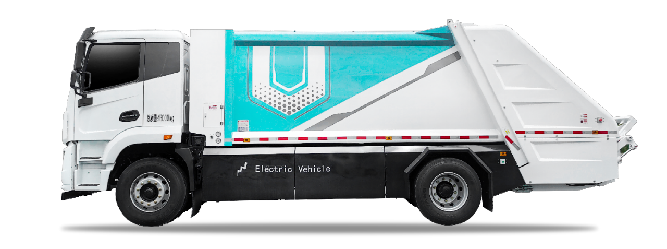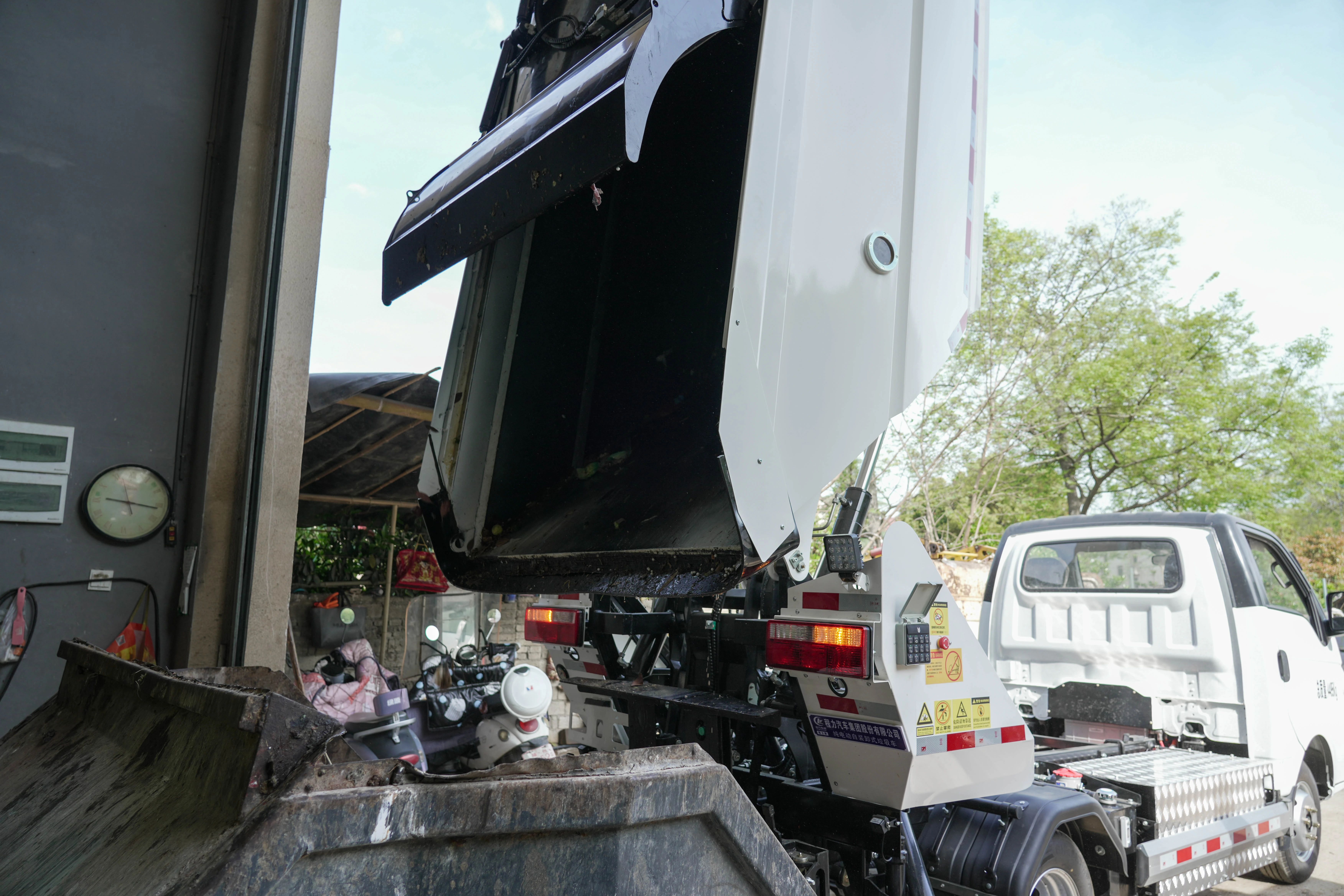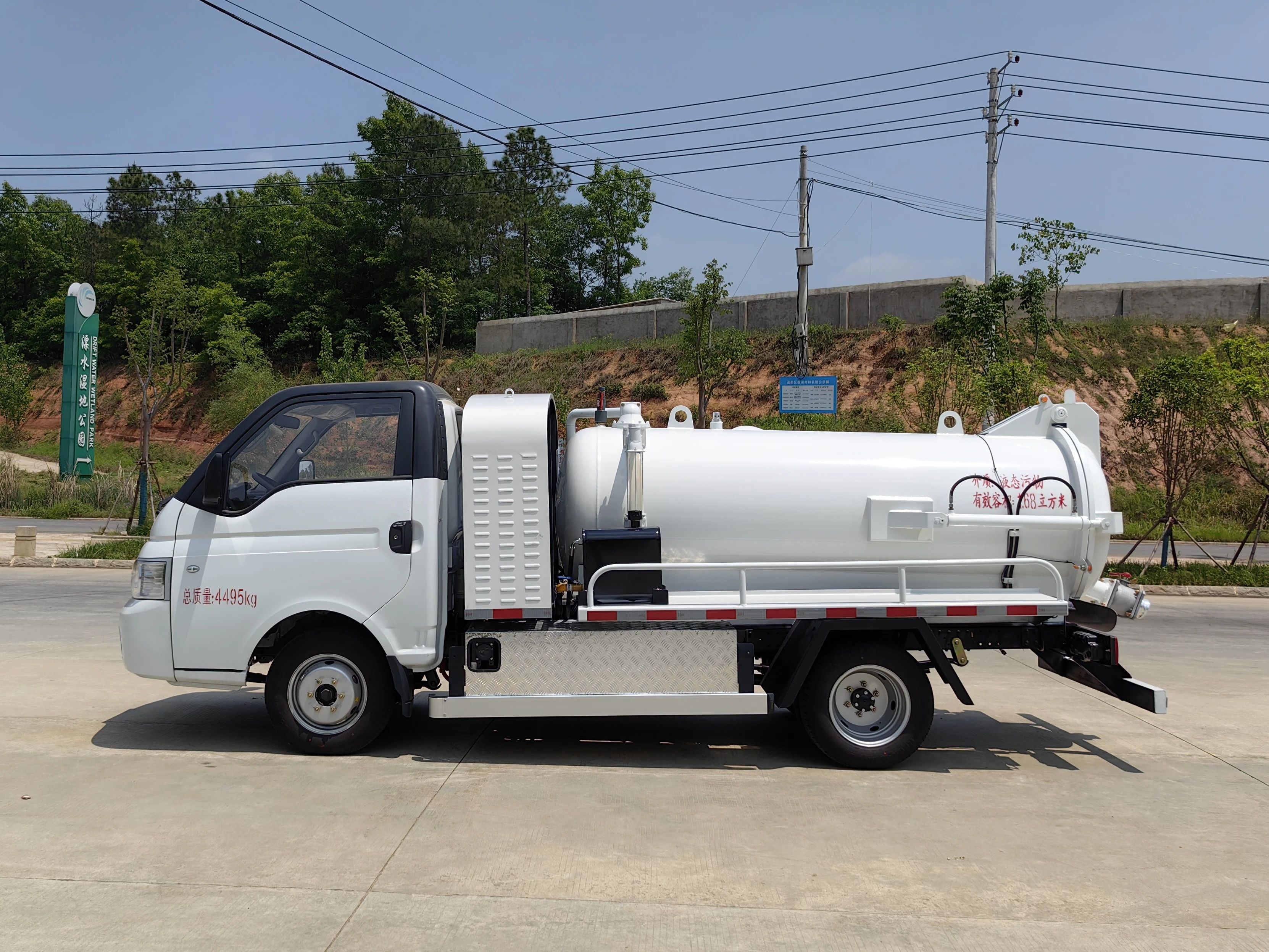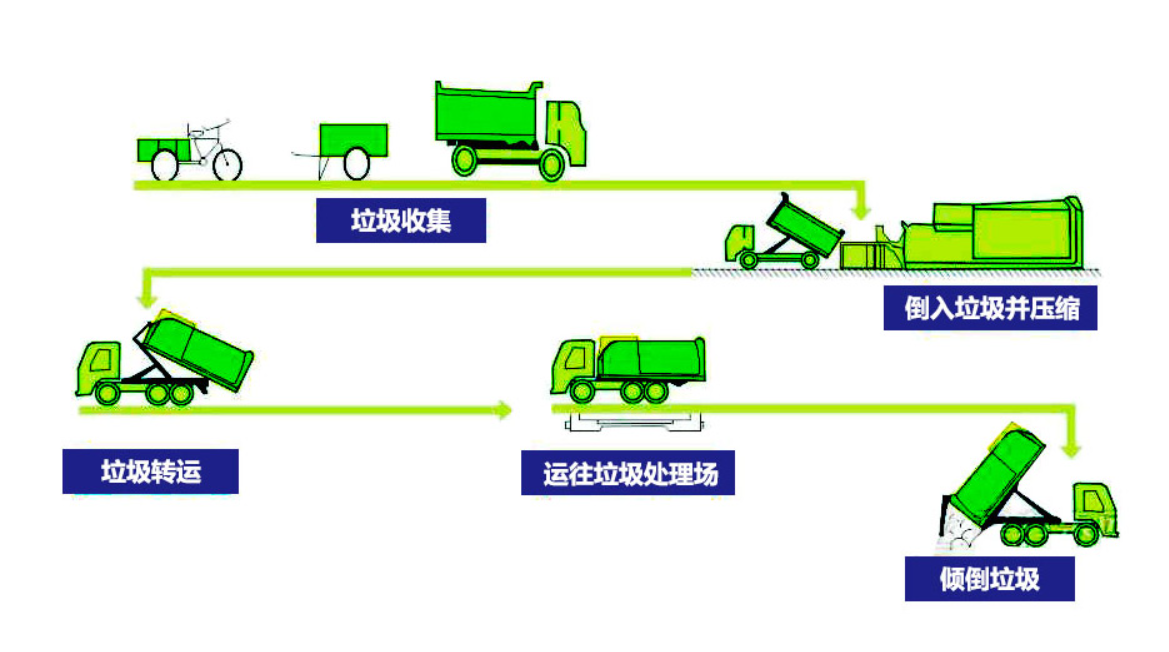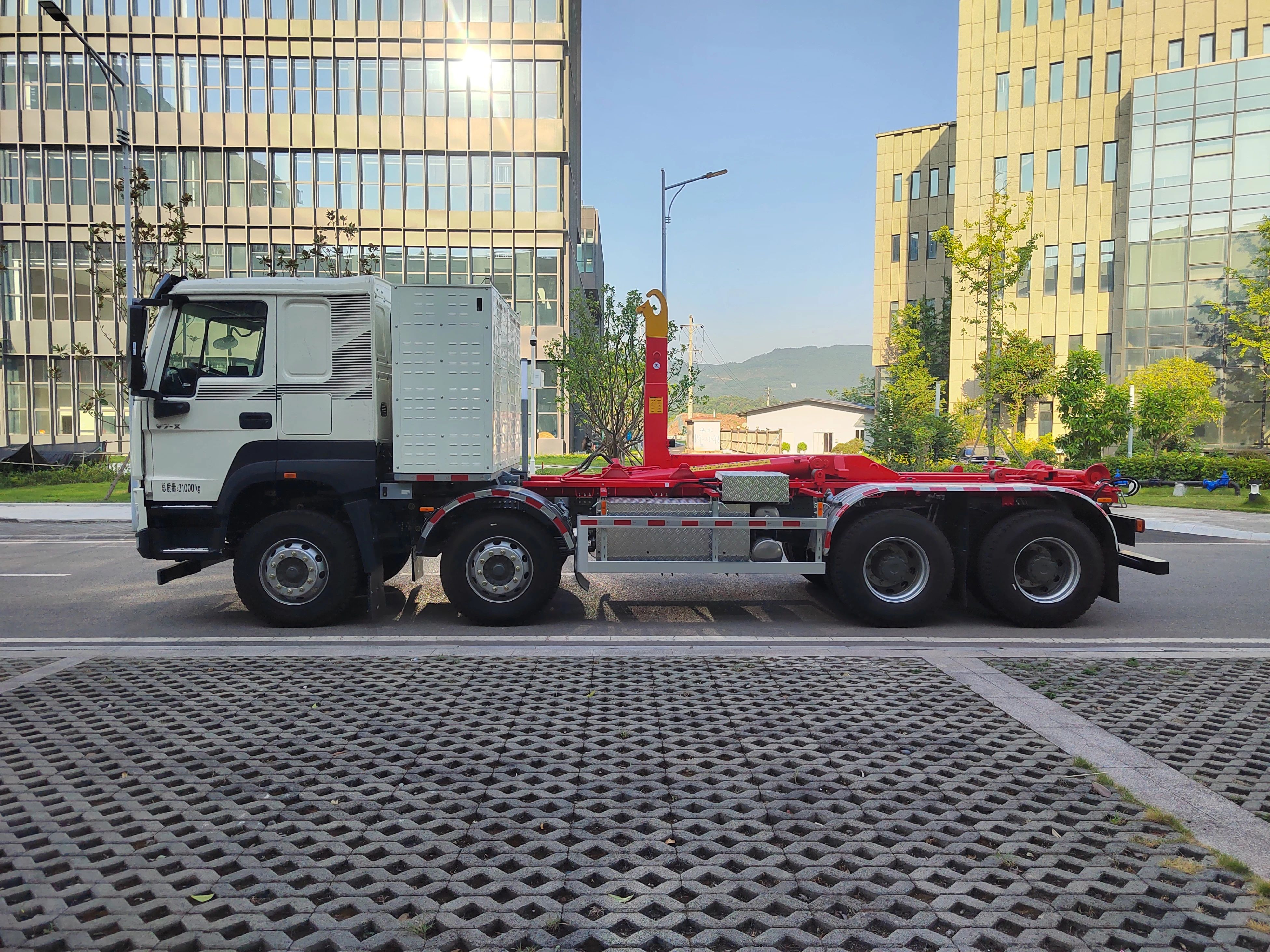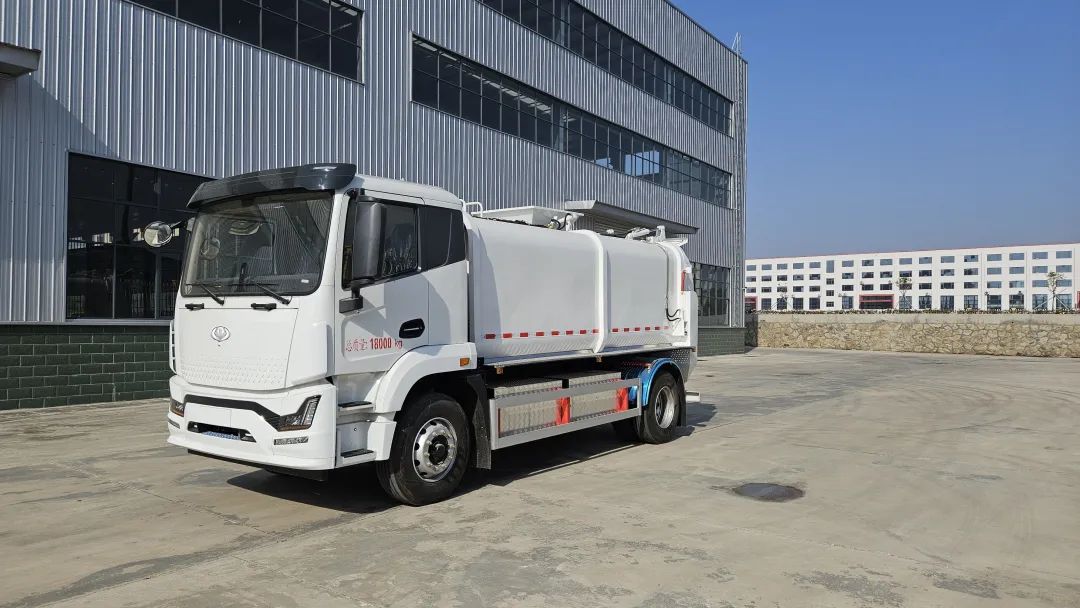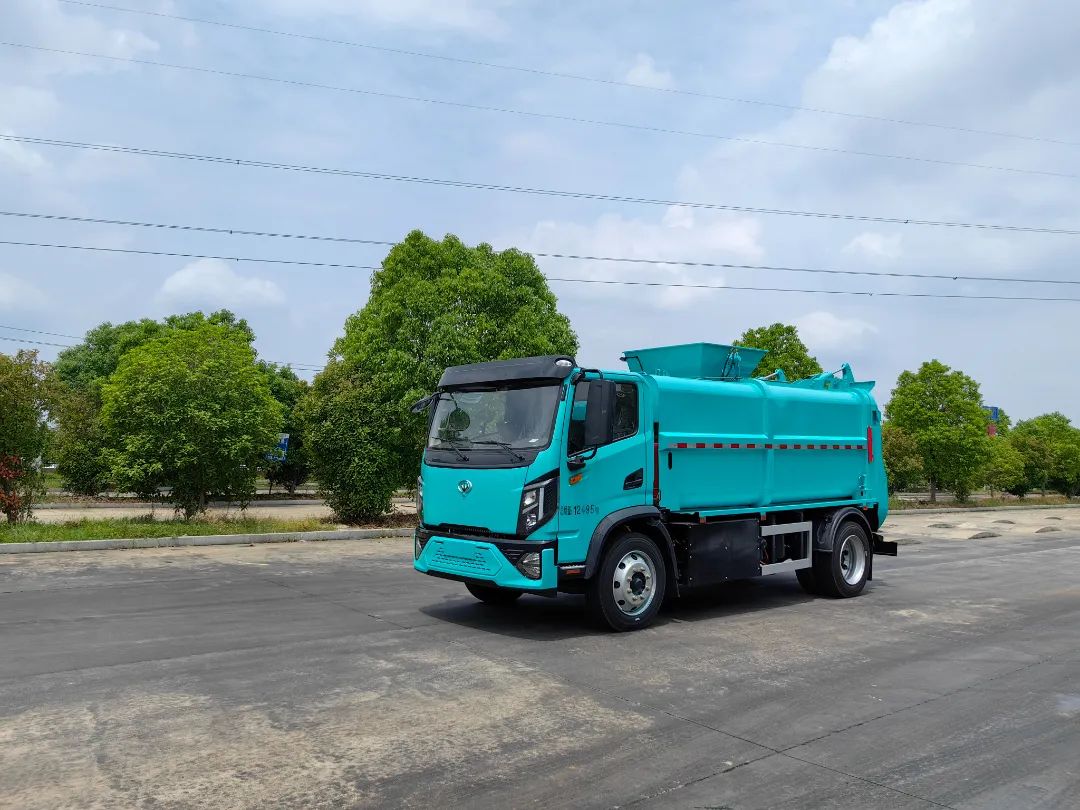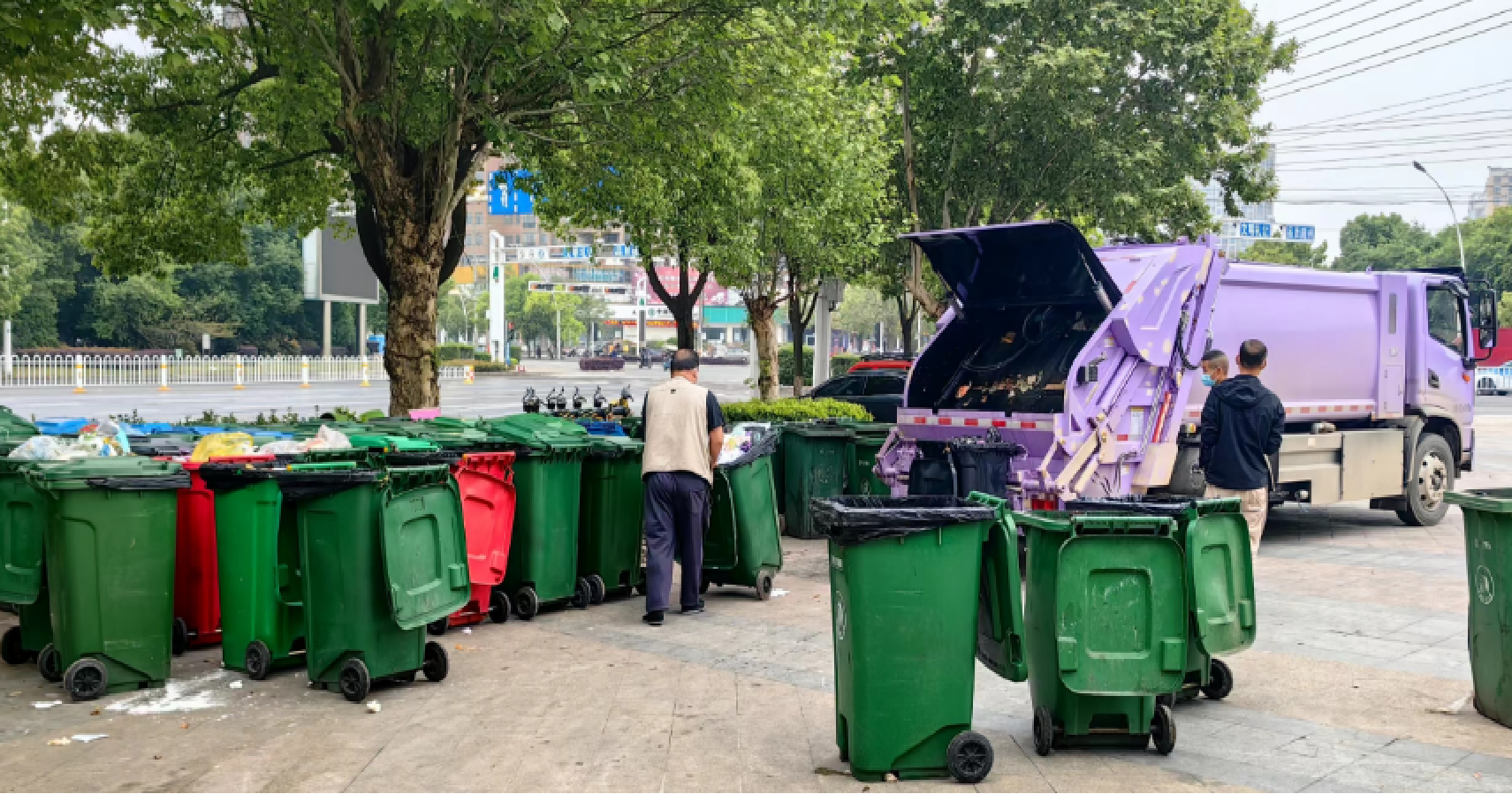In urban and rural waste management, the construction of waste collection sites is influenced by local environmental policies, urban planning, geographic and population distribution, and waste treatment technologies. Tailored waste transfer modes and appropriate sanitation vehicles must be selected based on the specific conditions of each site.
Direct Transport Mode
In this mode, waste collection vehicles transport garbage directly to landfills or incineration plants without intermediate transfer stations. This method is efficient and suitable for areas with small waste volumes and short transport distances. Two subtypes exist:
- “Point-to-Vehicle” Direct Transport: Collection from specific points to vehicles.
- “Vehicle-to-Vehicle” Direct Transport: Direct transfer between collection and transport vehicles.
Recommended Vehicles:
- Compaction Garbage Truck: Equipped with high-efficiency compression to maximize single-trip capacity and reduce transport frequency. Customizable collection mechanisms adapt to varying bin types.
- Self-Loading Garbage Truck: Features a compressor and hopper for waste transfer at designated points, enabling seamless handover to transport vehicles.
- Sludge Suction Truck: Transfers specialized waste (e.g., sludge) to treatment facilities such as sewage plants, bio-processing centers, or hazardous waste facilities.
Transfer Mode
Waste is first transported to transfer stations for compaction and volume reduction before being moved to final treatment facilities via hook-arm trucks. This mode suits high-volume waste areas. Transfer stations vary in design: horizontal, vertical, or underground.
Recommended Vehicle:
- Detachable Container Garbage Truck: Compatible with transfer stations, enabling rapid loading/unloading of compacted waste containers. Customizable configurations to match station types.
Classified Collection & Transfer Mode
Following waste sorting at the source, this mode uses dedicated vehicles to transport categorized waste (recyclables, hazardous, kitchen, and residual) to corresponding treatment facilities. It requires coordination between front-end sorting and back-end processing infrastructure.
Recommended Vehicles:
- Pure Electric Kitchen Waste Truck: Collects and seals kitchen waste for odor-free transport to bio-processing facilities, enabling resource recovery.
- Pure Electric Compaction Garbage Truck: Reduces recyclable material volume (e.g., paper, plastics) and transports residual waste to landfills or incinerators.
Strategic Vehicle Selection
Scientific selection of sanitation vehicles based on waste transfer modes and site characteristics ensures efficient waste management, promotes recycling, and enhances operational efficiency. Yiwei Motors offers a diverse range of customizable, new energy sanitation vehicles tailored to meet varied demands, providing professional, high-efficiency solutions for urban cleanliness and waste classification.
Yiwei Motors – Empowering Smarter, Greener Waste Management.
Post time: Feb-21-2025






